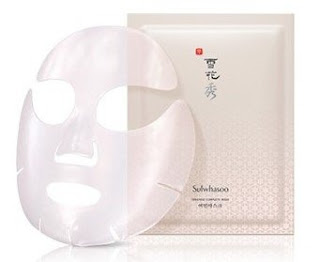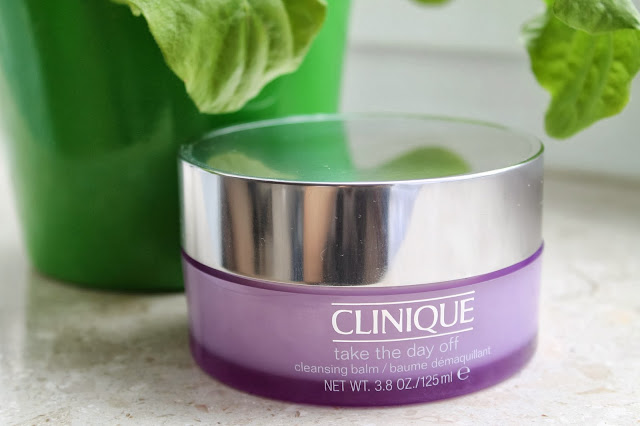This post probably won't be suitable to all those who are impatient with their skincare routine, but if you're someone who wants to get the most out of your products, then stick around!
In your routine, usually the first thing you do once you're done cleansing is acid tone. And after you use your BHA or AHA, you quickly move on to your next product, usually a serum. However, if you're not in a rush to leave the house, then I'd highly suggest this one tip:
After using an acid toner, don't apply anything afterwards for at least 10-25 minutes. Now, hear me out. I know not everyone has the luxury of time or the patience for it. Though if it's in the evening, you really don't have much of an excuse. You can go watch an episode of Friends while you wait or have your dinner.
So here's the reason why you should wait:
Acid toners generally need a low Ph level to work efficiently, and when you put a serum or whatever product on straight afterwards, that product will more than likely have a much higher Ph and thus render the acid less effective. It will still work, but not as well. Therefore, giving your skin time to readjust its ph levels before moving on to the rest of your routine is very much advised. On average, it takes 30 minutes for an acid's ph to neutralize.
And if you're concerned about waiting in the morning before heading off to work or university, then my advice is to just go about getting ready while you wait. So cleanse, tone, then go have your morning tea or coffee, get dressed, pack up your things, and by the time you've done all that, enough time will have passed and you could quickly carry on with your routine.
By no means am I saying acids don't work at all if you don't give them waiting time, they just might not work as amazingly as they would with the time.
You will feel and see a difference if you implicate this slight change into your routine, I guarantee it.
I would also recommend maybe waiting a few minutes (5-10) with your serums, mainly to allow them to fully absorb properly without anything interfering.
This tip is definitely not for those with zero patience, but if you do have the patience, give it a shot! Make the most out of your products :).
Next time on The Skincare Guide: Tips You Probably Don't Follow
In your routine, usually the first thing you do once you're done cleansing is acid tone. And after you use your BHA or AHA, you quickly move on to your next product, usually a serum. However, if you're not in a rush to leave the house, then I'd highly suggest this one tip:
After using an acid toner, don't apply anything afterwards for at least 10-25 minutes. Now, hear me out. I know not everyone has the luxury of time or the patience for it. Though if it's in the evening, you really don't have much of an excuse. You can go watch an episode of Friends while you wait or have your dinner.
So here's the reason why you should wait:
Acid toners generally need a low Ph level to work efficiently, and when you put a serum or whatever product on straight afterwards, that product will more than likely have a much higher Ph and thus render the acid less effective. It will still work, but not as well. Therefore, giving your skin time to readjust its ph levels before moving on to the rest of your routine is very much advised. On average, it takes 30 minutes for an acid's ph to neutralize.
And if you're concerned about waiting in the morning before heading off to work or university, then my advice is to just go about getting ready while you wait. So cleanse, tone, then go have your morning tea or coffee, get dressed, pack up your things, and by the time you've done all that, enough time will have passed and you could quickly carry on with your routine.
By no means am I saying acids don't work at all if you don't give them waiting time, they just might not work as amazingly as they would with the time.
You will feel and see a difference if you implicate this slight change into your routine, I guarantee it.
I would also recommend maybe waiting a few minutes (5-10) with your serums, mainly to allow them to fully absorb properly without anything interfering.
This tip is definitely not for those with zero patience, but if you do have the patience, give it a shot! Make the most out of your products :).
Next time on The Skincare Guide: Tips You Probably Don't Follow


























































